Nashville might be famous for its music scene and hot chicken, but there’s so much more to Music City than meets the eye. Most people think they know this Tennessee gem pretty well, but scratch beneath the surface, and you’ll uncover surprising details even longtime residents might not know.
Here’s a list of 15 fascinating things about Nashville that’ll give you a whole new perspective on this Southern city.
The Parthenon Sits in Centennial Park
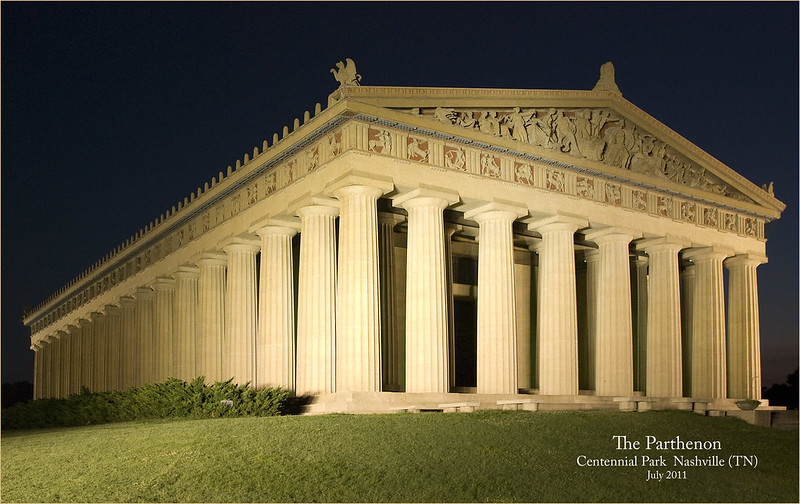
Nashville houses a full-scale replica of the ancient Greek Parthenon right in the middle of Centennial Park. Built in 1897 for Tennessee’s Centennial Exposition, this concrete marvel was supposed to be temporary but proved so popular that the city made it permanent. Inside, you’ll find a 42-foot-tall statue of Athena covered in gold leaf, making it one of the tallest indoor sculptures in the Western world. The whole thing feels like stumbling into ancient Athens while walking through a Nashville neighborhood.
Belle Meade Was Once America’s Premier Horse Farm
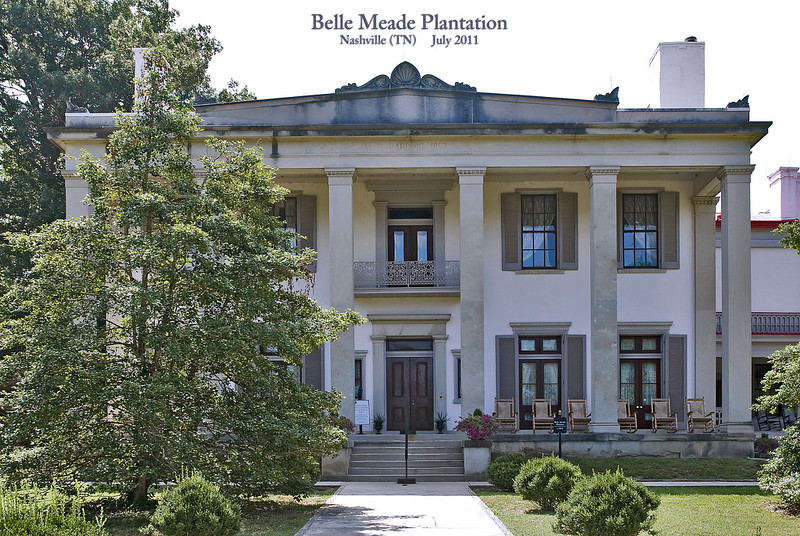
Long before Nashville became synonymous with country music, Belle Meade Plantation was the place where America’s finest thoroughbred horses were bred and trained. From 1807 to 1906, this 5,400-acre estate produced some of the most celebrated racehorses in the country, including Iroquois, the first American-bred horse to win the English Derby. The Harding family, who owned Belle Meade, basically created the blueprint for modern horse breeding in America. Today, you can tour the mansion and learn about this fascinating chapter of Nashville’s agricultural past.
The Grand Ole Opry Started as a Radio Show Called ‘WSM Barn Dance’
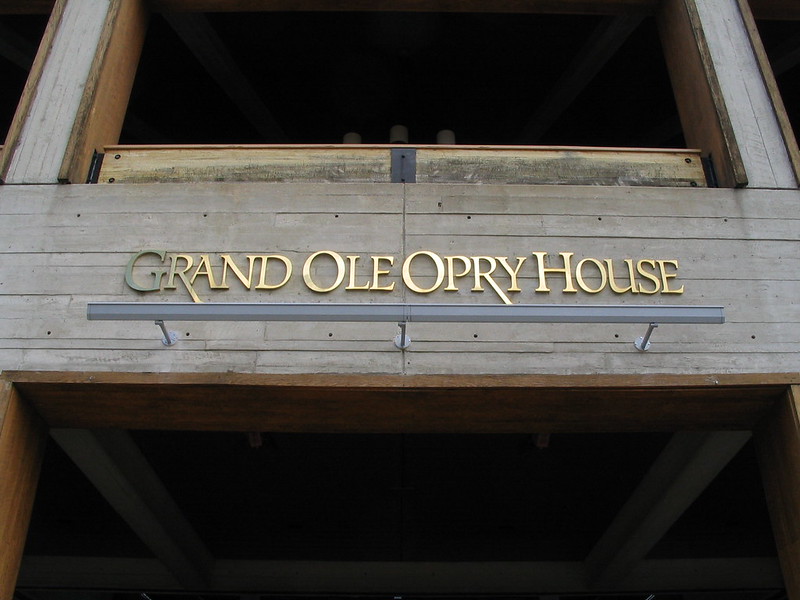
Everyone knows the Grand Ole Opry, but few realize it began life with a much humbler name. In 1925, WSM radio launched a show called the ‘WSM Barn Dance’ featuring local country musicians performing live on Saturday nights. The name ‘Grand Ole Opry’ came about almost by accident when radio announcer George Hay jokingly referred to the show as ‘the grand ole opry’ after a classical music program. The name stuck, and what started as a simple radio variety show became the longest-running radio broadcast in American history.
Nashville’s Underground Tunnels Connect Downtown Buildings
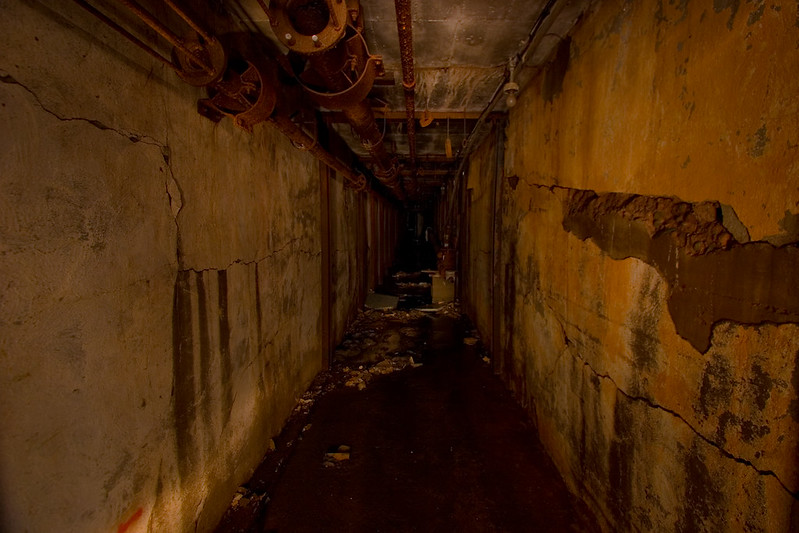
Beneath the bustling streets of downtown Nashville lies a network of tunnels that connect many of the major buildings and hotels. These passages were originally built to help people move between buildings during harsh weather, but they’ve also served more secretive purposes over the years. During Prohibition, some of these tunnels allegedly helped transport illegal liquor throughout the city. Most visitors have no idea they’re walking above this hidden underground world.
The Batman Building Has Nothing to Do with Batman
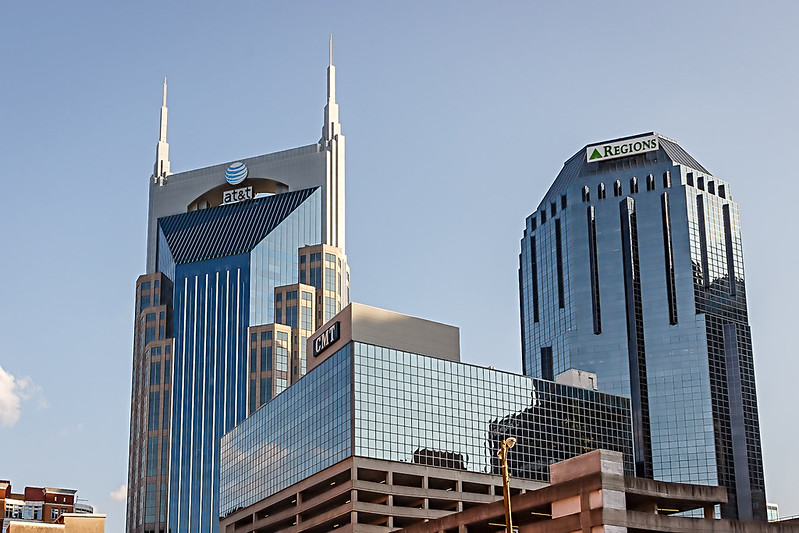
Nashville’s most recognizable skyscraper, officially called the AT&T Building, earned its ‘Batman Building’ nickname purely by coincidence. The twin spires at the top reminded people of Batman’s pointy-eared cowl, and the name just stuck with locals and tourists alike. Completed in 1994, it stands 617 feet tall and was designed to evoke the Art Deco style of the 1920s and 1930s. The architects probably never imagined their sophisticated design would forever be associated with a comic book superhero.
Music Row Was Once a Residential Neighborhood
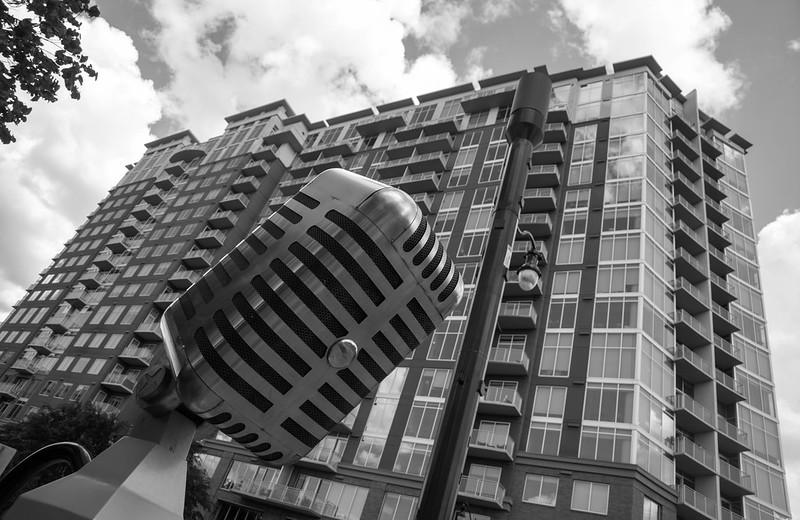
The famous Music Row, home to countless record labels and recording studios, started as a quiet residential area in the early 1900s. The transformation began in the late 1950s when Owen and Harold Bradley converted a house on 16th Avenue South into a recording studio. Other music industry folks followed suit, gradually turning family homes into offices, studios, and music publishing companies. Walking through Music Row today, you can still spot the residential bones of these buildings beneath their commercial facades.
Nashville Almost Became the Capital of Tennessee
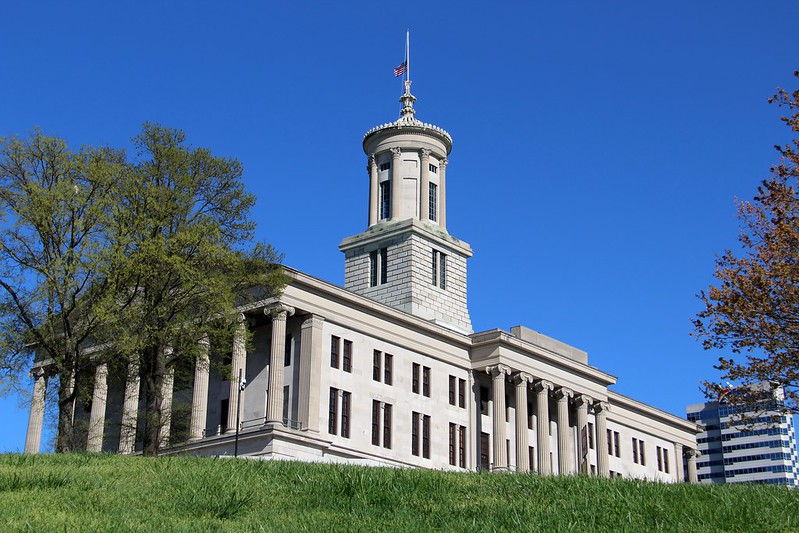
Before Tennessee settled on Nashville as its capital, the state bounced its seat of government around quite a bit. Knoxville served as the first capital, followed by Kingston for one day, then Murfreesboro for several years. Nashville finally became the permanent capital in 1843, but it wasn’t a sure thing. The decision came down to Nashville’s central location and its growing importance as a transportation hub along the Cumberland River.
The Hermitage Hotel Pioneered Air Conditioning in the South
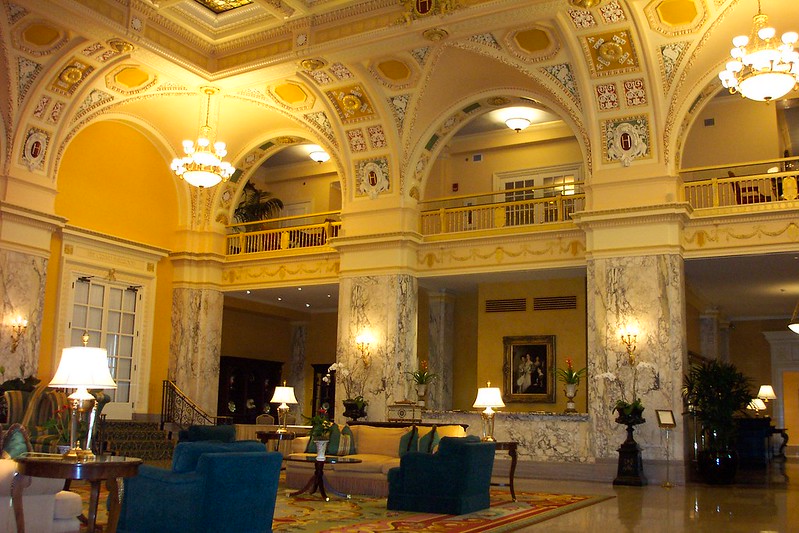
The historic Hermitage Hotel, built in 1910, was the first hotel in the South to offer air conditioning in every room. This might not seem ordinary today, but in pre-air conditioning Tennessee, staying cool during summer was a serious challenge. The hotel’s advanced climate control system, along with other luxury amenities, made it the place to stay for wealthy travelers and celebrities visiting Nashville. Even today, the Hermitage maintains its reputation as one of the city’s most elegant accommodations.
Vanderbilt University’s Campus Doubles as an Arboretum
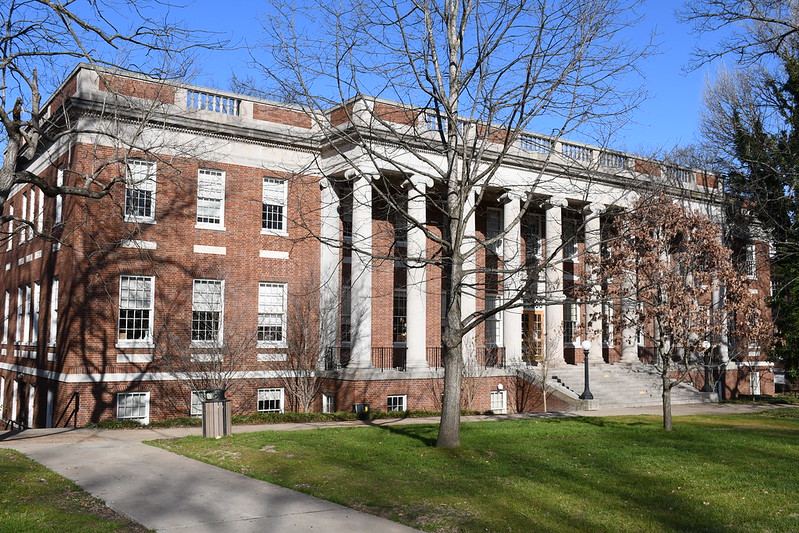
Vanderbilt University’s campus isn’t just beautiful by accident – it’s a designated arboretum with over 300 species of trees and shrubs. The university has been carefully cultivating its landscape since the 1870s, creating what’s essentially a botanical garden disguised as a college campus. Students and visitors can enjoy everything from towering oaks to exotic specimens from around the world. The campus is so lush and well-maintained that it’s become a popular spot for wedding photos and nature walks.
Fort Nashborough Was Built on a Bluff for Protection
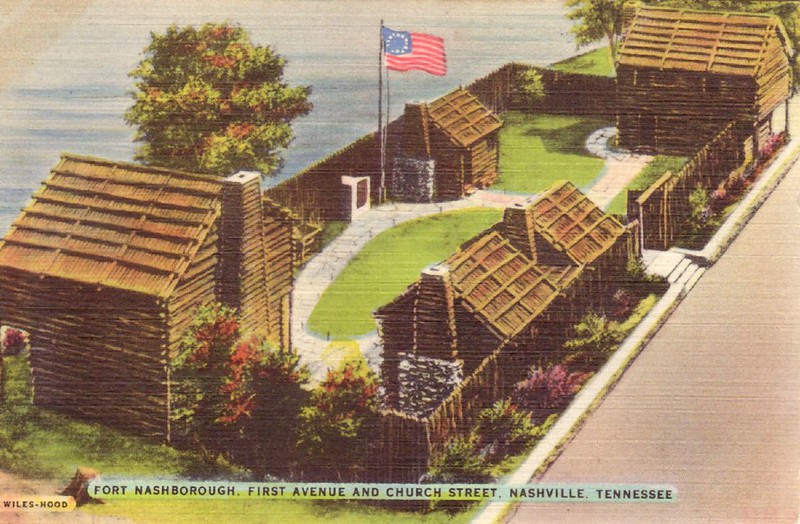
The original Fort Nashborough, established in 1779, was strategically positioned on a bluff overlooking the Cumberland River for maximum defensive advantage. The elevated location allowed settlers to spot approaching threats from miles away, while the river provided a natural barrier on one side. Today, a replica of the fort sits near the original location, giving visitors a sense of how Nashville’s founders built their community from the ground up. The bluff strategy worked so well that Nashville grew around this original high-ground settlement.
The Ryman Auditorium Was Originally a Gospel Tabernacle
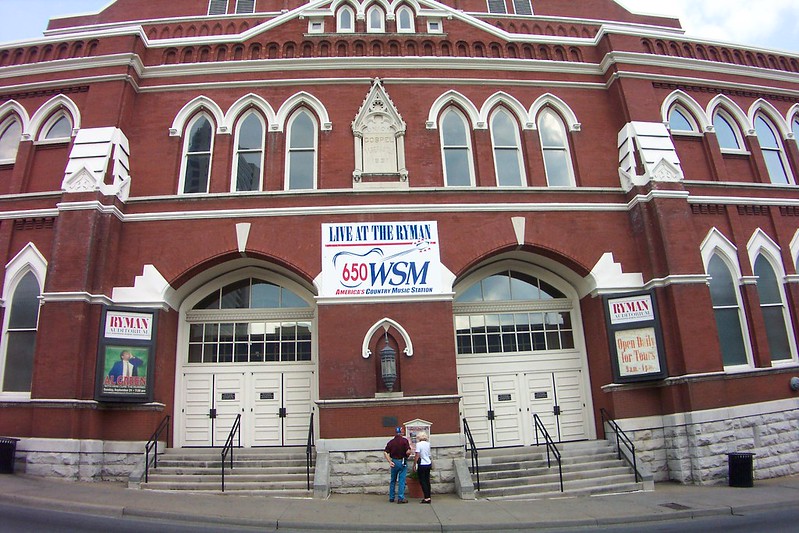
Long before it became the ‘Mother Church of Country Music,’ the Ryman Auditorium served as a gospel revival hall. Captain Thomas Ryman, a riverboat captain and saloon owner, built the venue in 1892 after experiencing a religious awakening during one of evangelist Sam Jones’ sermons. The building hosted religious services, lectures, and community events for decades before the Grand Ole Opry moved there in 1943. The transition from sacred to secular music happened gradually, but the venue’s incredible acoustics made it perfect for both purposes.
Nashville’s Nickname ‘Athens of the South’ Predates Its Music Fame
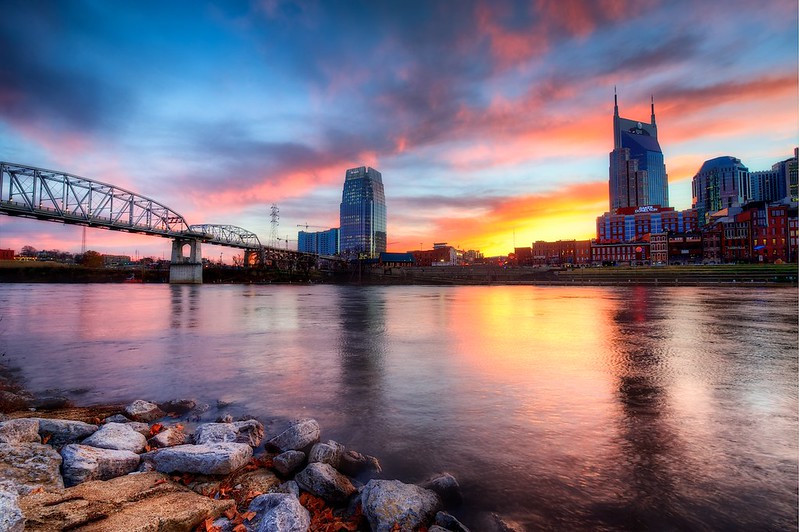
Nashville earned the nickname ‘Athens of the South’ long before anyone called it ‘Music City.’ The moniker came from the city’s emphasis on higher education and classical architecture in the mid-1800s. With institutions like Vanderbilt University, Fisk University, and several other colleges, Nashville positioned itself as a center of learning and culture in the post-Civil War South. The full-scale Parthenon replica was built to reinforce this classical connection, not as a tourist novelty.
The Country Music Hall of Fame Building Resembles a Piano
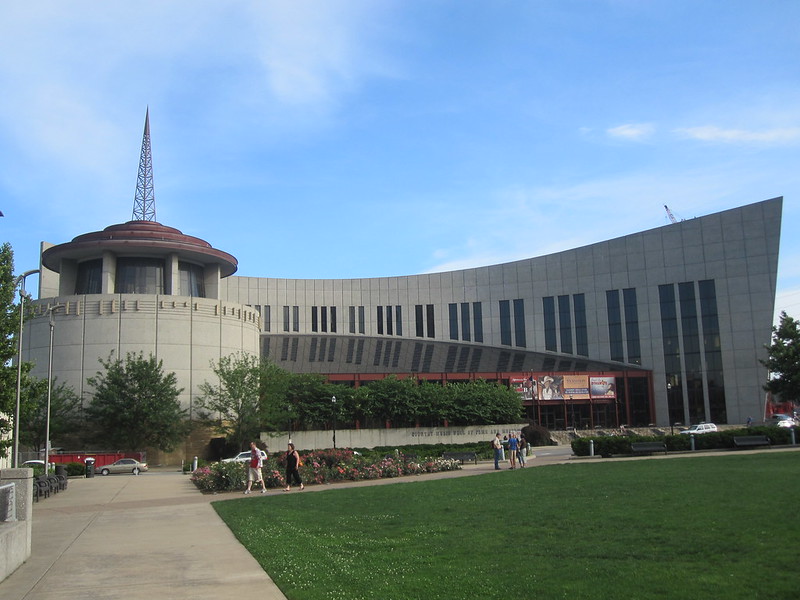
The Country Music Hall of Fame and Museum’s distinctive architecture wasn’t chosen randomly – the building is designed to look like musical instruments from different angles. From above, the structure resembles a bass clef, while from the side it looks like a grand piano with the tower representing the keyboard. The stone and metal materials were chosen to reflect both the rural roots and modern evolution of country music. Even the windows are positioned to create visual rhythms that echo musical patterns.
Nashville Hot Chicken Started at One Family’s Restaurant
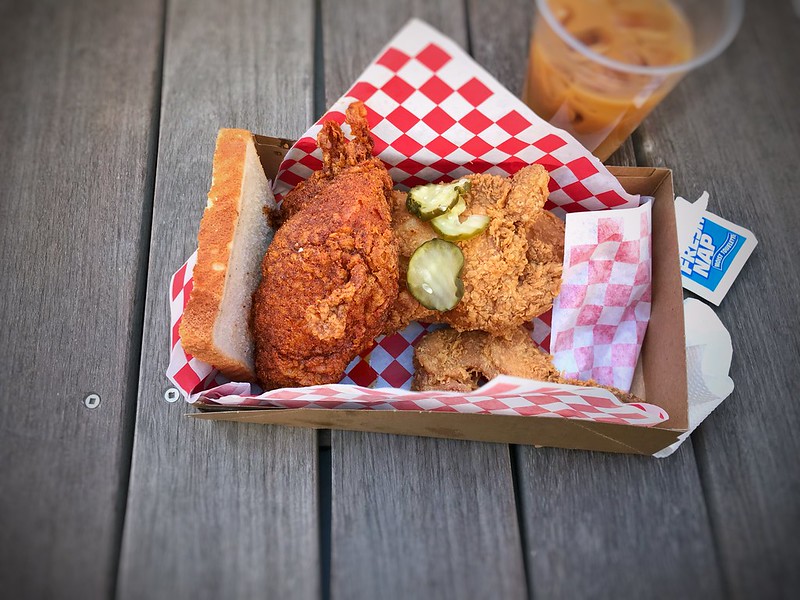
The famous Nashville hot chicken that’s now served everywhere actually originated at Prince’s Hot Chicken Shack in the 1930s. Legend has it that Thornton Prince’s girlfriend wanted to get back at him for cheating, so she loaded his fried chicken with fiery spices as revenge. Instead of being deterred, Prince loved the heat and asked her to make it that way regularly. He eventually opened Prince’s Hot Chicken Shack, and what started as relationship drama became Nashville’s signature dish.
The Cumberland River Once Powered Nashville’s Industry
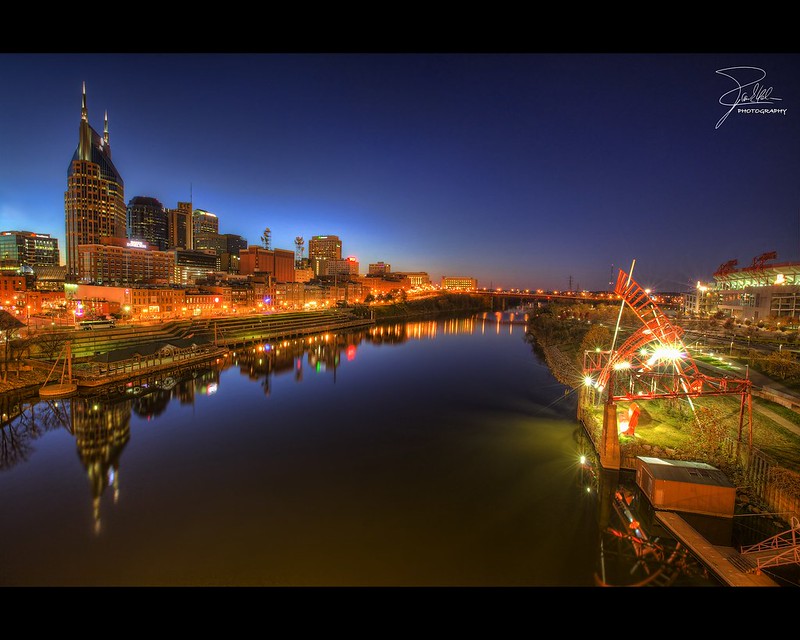
Before Nashville became known for music, the Cumberland River was the engine of its economy. Steamboats regularly traveled the river, bringing goods and people to and from Nashville’s busy port. The river also powered mills and factories that processed everything from flour to iron goods. During the Civil War, control of the Cumberland River and Nashville’s river port was considered strategically crucial by both Union and Confederate forces.
Where Music Meets History
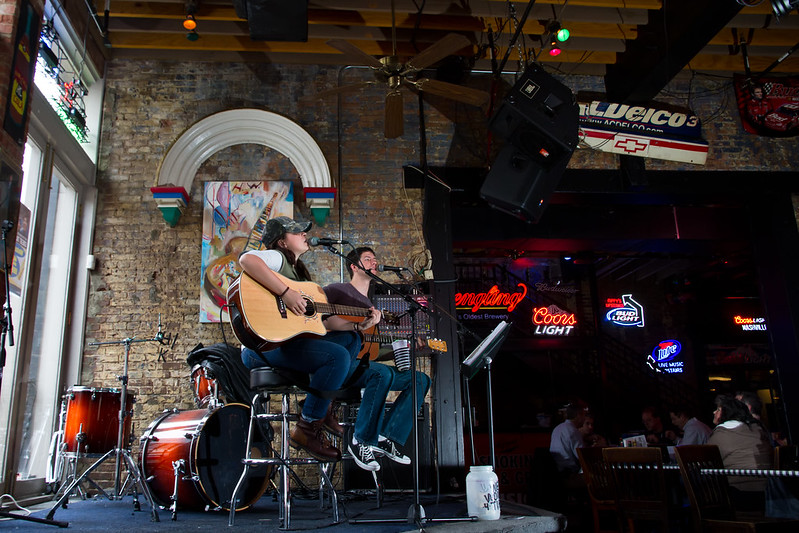
Nashville’s story shows how cities can reinvent themselves while honoring their past. The same place that once bred champion racehorses and served as a Civil War battleground now draws millions of visitors seeking musical inspiration and hot chicken. What makes Nashville special isn’t just its famous honky-tonks or recording studios, but how all these different chapters of history continue to shape the city’s character today. Next time you visit Music City, you’ll know there’s always another layer of story waiting just beneath the surface.
More from Travel Pug

- 20 Best Beach Towns in the Carolinas
- 13 Destinations Where Tourists Regularly Regret Their Trip
- 20 Things You Actually Get in First Class
- 20 Small Airports With Aviation Museums
- 20 Places in the U.S. That Are Perfect for a Reset Trip
Like Travel Pug’s content? Follow us on MSN.
